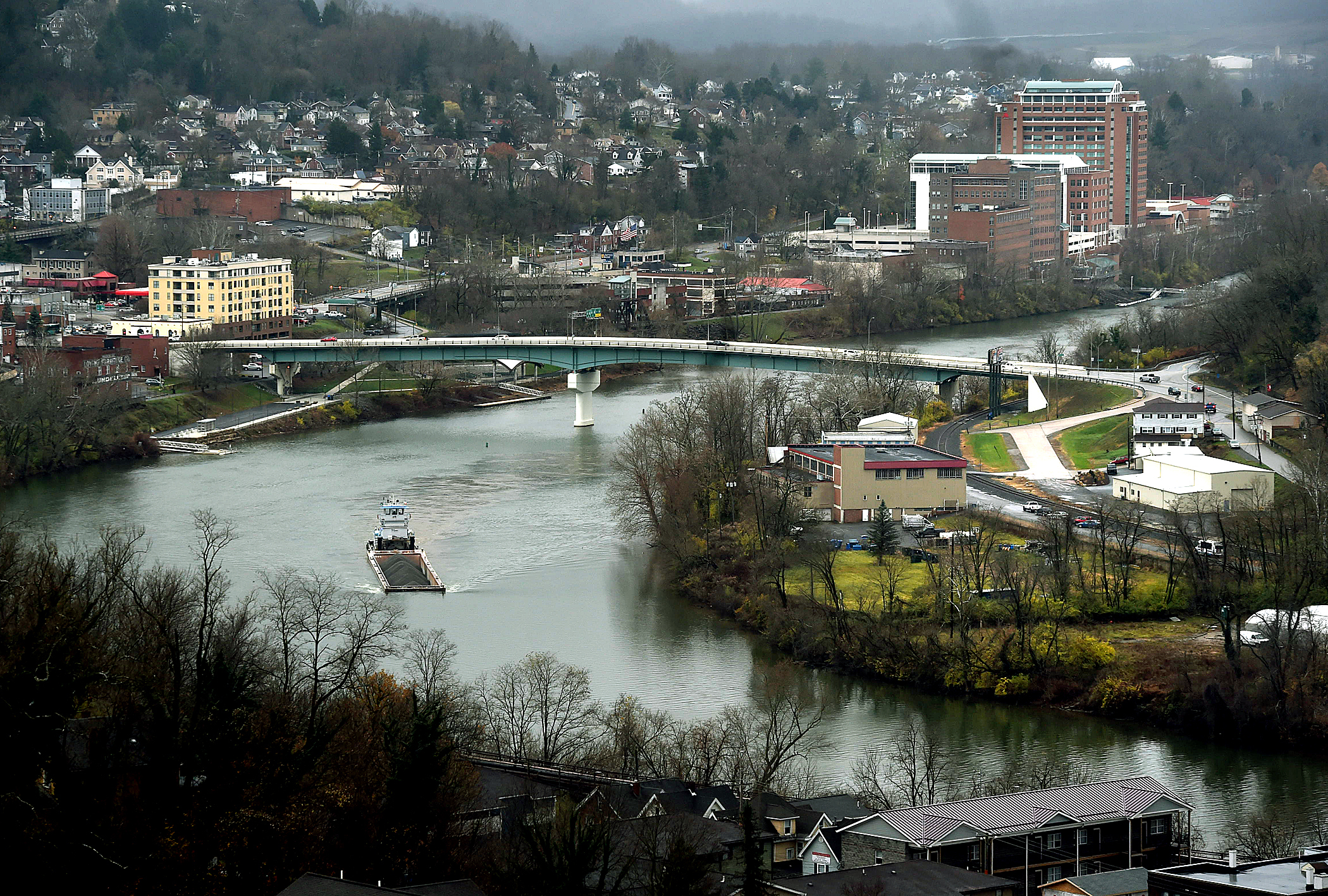MORGANTOWN -— People believe the city of Morgantown has made solid strides in improving its riverfront amenities and better incorporating the riverfront as a focal point of city life.
Activities like the Ruby Summer Concert Series have brought new life to the river and point to the potential waiting at the water’s edge.
But the number of individuals loitering along the riverfront and the cleanliness of the corridor is of great concern to users and stakeholders.
The city needs a plan moving forward.
These were among the primary points highlighted during a recent survey conducted by the Morgantown Riverfront Revitalization Task Force.
The group is recommending Morgantown City Council invest in a master planning process for the riverfront corridor.
Task Force Chair Steve Selin laid out the data during council’s most-recent regular meeting.
Selin, husband of Morgantown Mayor Jenny Selin, is a professor in the WVU School of Natural Resources.
He said the city’s riverfront decision-making has often been unplanned or opportunistic, and therefore not conducive to the creation of a holistic geographic corridor — a concept dubbed “One Riverfront” by the task force.
“The main takeaway, the main recommendation we want to make to council is to support a riverfront master planning process for the whole riverfront — the ‘One Riverfront’ area between the MUB water treatment facility on one end and the MUB sewage treatment on the other end — that whole corridor, including the arboretum,” Selin said.
By and large, Selin continued, people are generally positive with the direction the riverfront is heading, but there are significant issues.
Of 119 stakeholder respondents to the riverfront survey issued by the task force, the most-mentioned topic (73 mentions; 61.3% of respondents) was the “un-housed issue” and how it impacts the riverfront.
“Safety” was a word that came up in multiple respondent comments.
The next two most-identifiable topics for survey takers when asked about the city’s riverfront were positive — the rail-trail (63 mentions; 52.9%) and Ruby Amphitheater (58 mentions; 48.7%).
“People were generally pleased with the progress made, but then they also saw a lot of opportunity to do more,” Selin said, adding “People really want to have a more-intimate connection to the river. They want to be closer to the river.”
Better addressing the needs of the city’s un-housed and better connections between the city’s downtown/riverfront and the neighborhoods were, respectively, the most-mentioned short-term and long-term actions to improve the riverfront experience.
A point raised by both Selin and a number of the survey takers is the potential the riverfront represents for Morgantown and its neighbors.
“I went to San Antonio several years ago and walked along their River Walk. Their ‘river’ is literally a narrow, concrete-lined ditch! The water is a few feet deep, allowing very-shallow watercraft,” one respondent wrote. “We have a REAL river! We need to embrace it, clean it up, develop it appropriately, keep it SAFE, and make it a focal point of our city.”
The Morgantown Riverfront Revitalization Task Force was created under city management’s direction, with support of a city council resolution on July 13, 2017.
Its formation came months after the Hazel Ruby McQuain Charitable Trust announced it planned to provide $4.1 million for enhancements to the Hazel Ruby McQuain Riverfront Park and revitalization of the Walnut Street Landing.
TWEET @DominionPostWV




